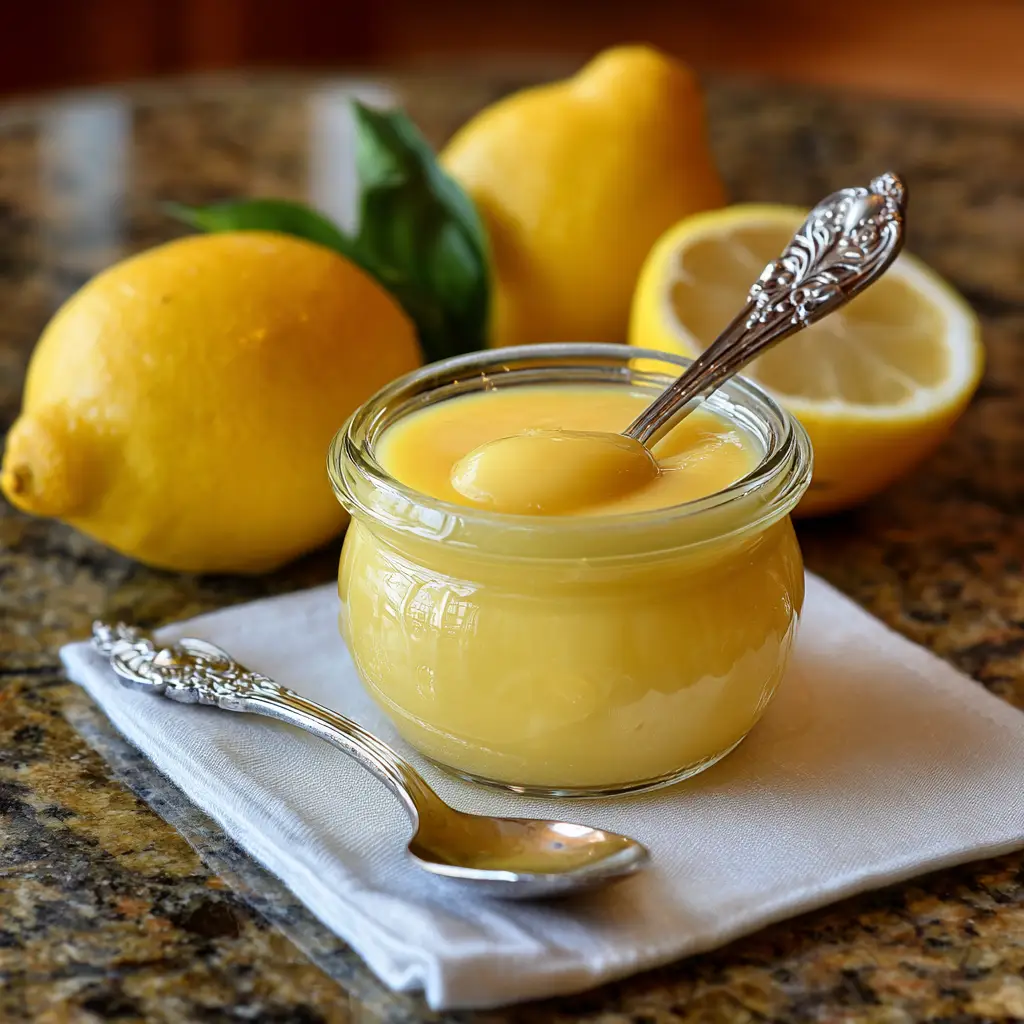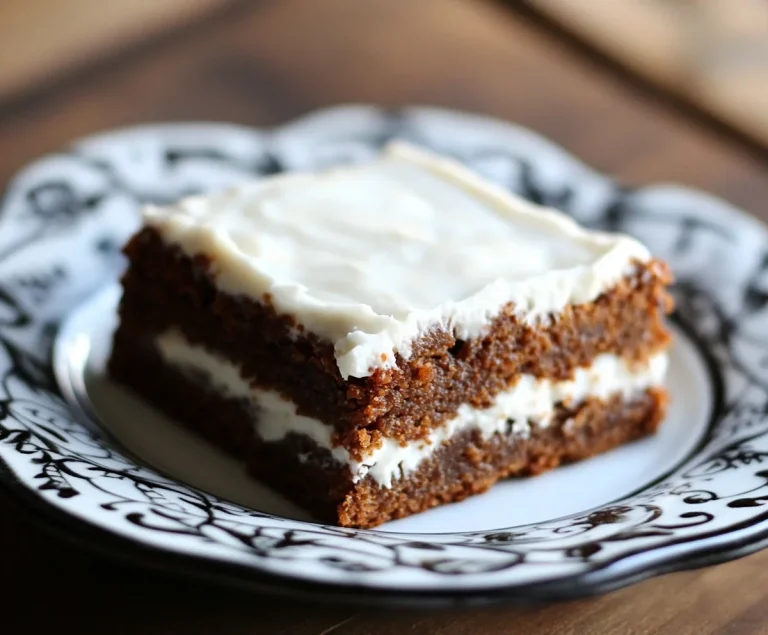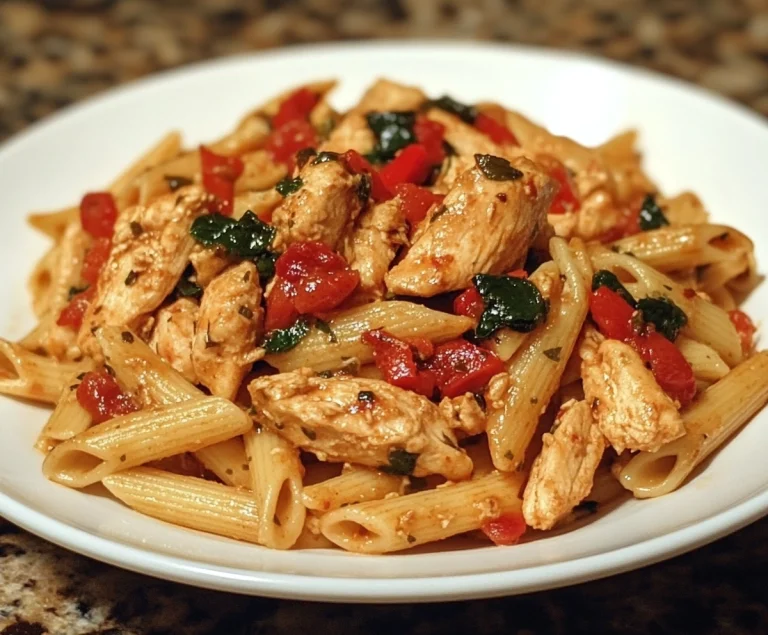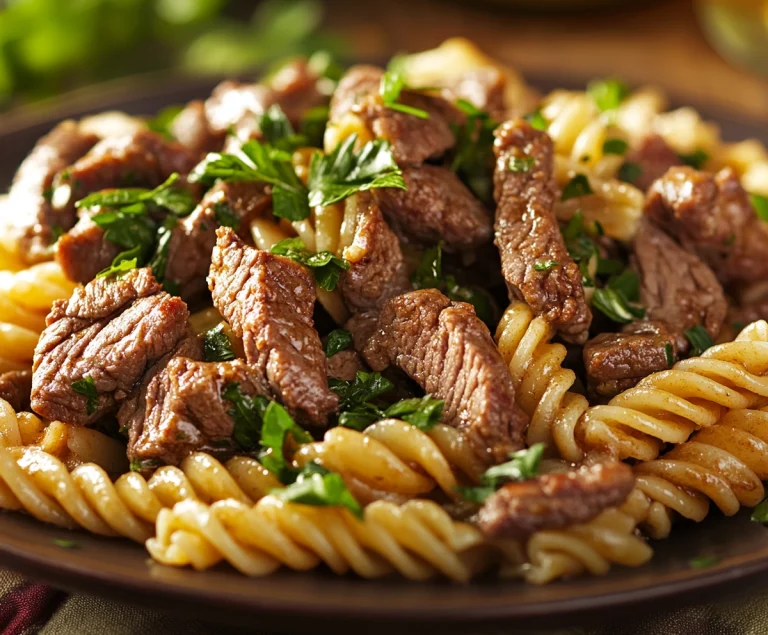Introduction
The bright, sunny flavor of lemon curd captures the essence of fresh citrus in a silky and rich spread. With its vibrant color and tangy sweetness, lemon curd adds a burst of joy to everything it touches. Whether layered in cakes, spooned over scones, swirled into yogurt, or enjoyed straight from the jar, it is the kind of treat that brings warmth and comfort with every spoonful.
Homemade lemon curd tastes far better than store-bought versions. The difference lies in the freshness. Using real lemon juice and zest allows the true citrus flavor to shine through. It is rich yet light, sweet but balanced with just enough tartness. Making it yourself also gives you control over the ingredients. No preservatives, no artificial flavors, and no need to worry about hidden additives.
Many people assume lemon curd is difficult to make because of its smooth texture and glossy finish. But the truth is, with a few careful steps and the right timing, it is actually quite simple. The key lies in low heat, constant stirring, and a little patience. Once you learn the technique, you can make a batch in under thirty minutes.
If you enjoy baking or love homemade gifts from the kitchen, lemon curd is a must-know recipe. It feels fancy but is incredibly approachable. Whether you spread it on toast, use it in tart fillings, or serve it alongside breakfast dishes, it always makes a dish feel a little more special.
Ingredients Needed
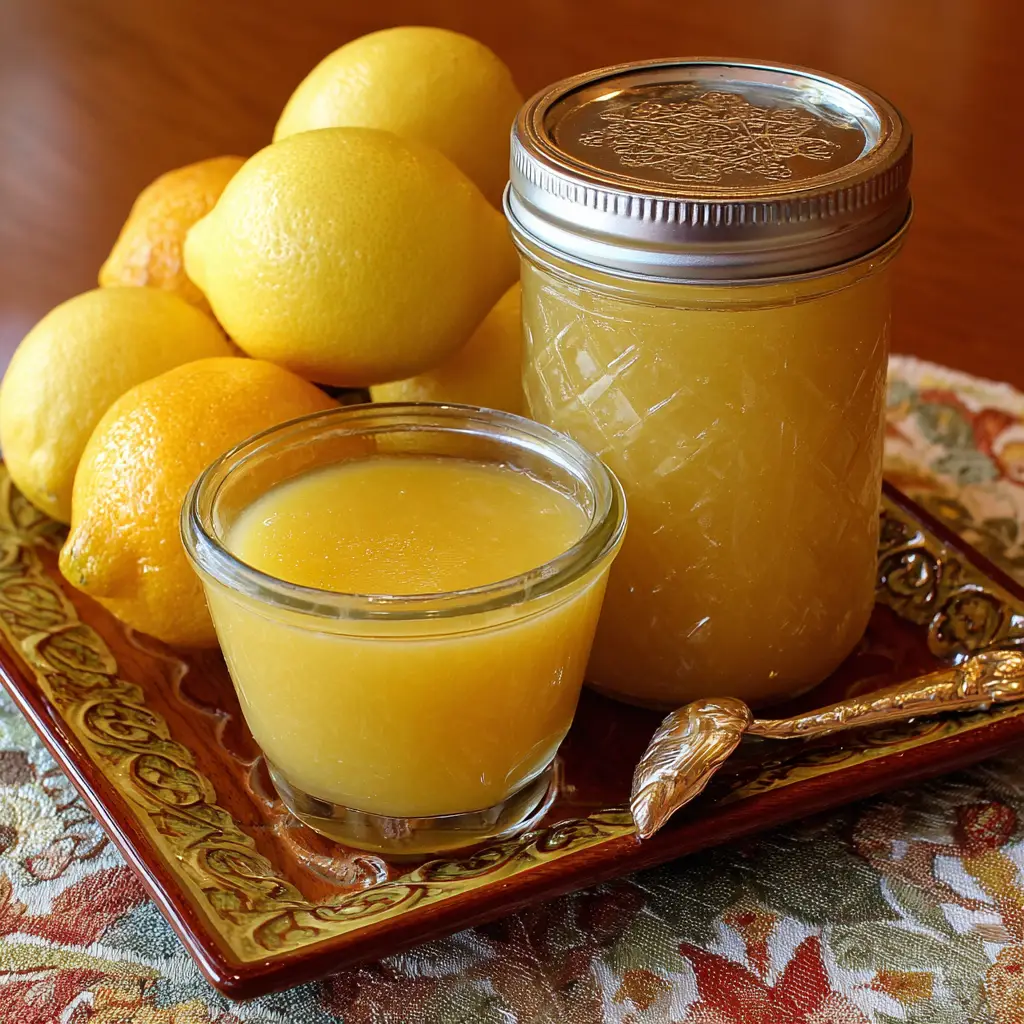
Below is a table listing each ingredient you will need to make lemon curd, along with the approximate calories per ingredient. This will help guide both flavor and nutrition choices.
| Ingredient | Quantity | Calories |
|---|---|---|
| Fresh lemon juice | 1/2 cup (4 lemons) | 30 |
| Lemon zest | 1 tablespoon | 5 |
| Granulated sugar | 1 cup | 775 |
| Egg yolks | 4 large | 215 |
| Whole eggs | 2 large | 140 |
| Unsalted butter | 1/2 cup (1 stick) | 810 |
| Salt (optional) | pinch | 0 |
Estimated total calories for full batch: Approximately 1,975
Calories per tablespoon (yields about 1.5 cups or 24 tablespoons): Around 82
Read More: Banana Pancakes Recipe
Step-by-Step Cooking Instructions
1. Prepare your ingredients
Start by washing and zesting your lemons. Then juice them until you have half a cup of fresh juice. Cut your butter into small cubes and set aside. Separate the egg yolks from the whites for four eggs, and lightly beat them along with two whole eggs in a small bowl.
2. Combine ingredients in a saucepan
In a medium, heavy-bottomed saucepan, combine the lemon juice, zest, sugar, and eggs. Whisk everything together until smooth and well combined. Place the pan over low heat.
3. Cook gently and stir constantly
Cook the mixture over low to medium-low heat. Stir constantly with a silicone spatula or wooden spoon. Make sure to scrape the sides and bottom of the pan as you stir. This prevents the eggs from curdling. The mixture will start to thicken slowly. Do not increase the heat to speed it up. Patience is key here.
4. Know when it’s done
After about 10 to 15 minutes, the mixture will thicken enough to coat the back of a spoon. If you run your finger through it, the line should stay. At this stage, remove the pan from the heat.
5. Add the butter
Stir in the butter cubes while the curd is still warm. They will melt into the mixture and give it a rich, glossy texture. Stir until smooth and fully incorporated.
6. Strain for smoothness (optional but recommended)
If you want a perfectly smooth curd, pour it through a fine mesh sieve into a clean bowl. This removes any small bits of zest or cooked egg.
7. Cool and store
Let the lemon curd cool to room temperature, then transfer it into clean glass jars. Seal with lids and refrigerate. It will thicken further as it chills. Store in the fridge for up to two weeks.
Read More: Creamy Tomato Tortellini Soup
Tips for Customizing the Recipe

Lemon curd is versatile and easy to tailor to your preferences. Here are a few ways you can adjust the flavor or texture.
Use different citrus
Try replacing lemon with lime, orange, or grapefruit juice. Each fruit brings its own unique brightness. You may need to reduce sugar slightly if using sweeter fruit like orange.
Make it dairy-free
Use plant-based butter instead of traditional dairy butter. Choose a mild-flavored version so it does not overpower the citrus.
Adjust sweetness
If you prefer a sharper, tangier curd, reduce the sugar slightly. You can start with three-quarters of a cup and adjust to taste. Keep in mind, sugar also affects texture and preservation.
Add a pinch of salt
A small pinch of fine salt can enhance the flavor and balance the sweetness without making the curd salty.
Infuse with herbs or vanilla
Add fresh thyme, basil, or a scraped vanilla bean while cooking, then strain it out before chilling. This adds depth and sophistication.
Double the batch
If you are making it as gifts or for multiple recipes, it doubles easily. Just use a larger pan and stir constantly to avoid scorching.
Nutritional Information

Below is a nutritional breakdown per one tablespoon of lemon curd. These values are approximate and can vary slightly depending on the exact ingredients used.
| Nutrient | Amount per Tbsp |
|---|---|
| Calories | 82 |
| Protein | 1 gram |
| Fat | 6 grams |
| Carbohydrates | 7 grams |
| Fiber | 0 grams |
| Sugars | 7 grams |
| Sodium | 1 mg |
Lemon curd is a treat, so it is naturally a bit rich and sweet. When used in moderation, it adds a flavorful pop to many dishes without overpowering them.
Serving Suggestions
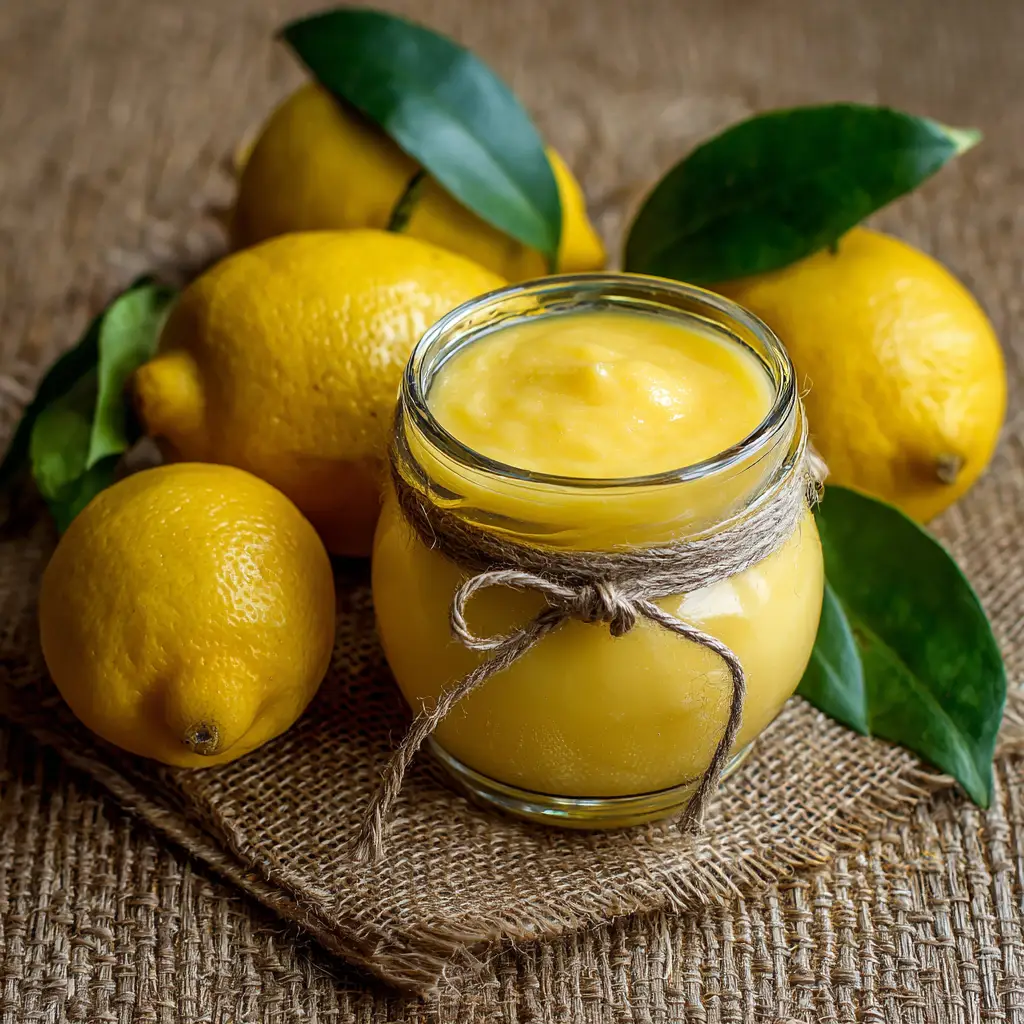
Lemon curd can be used in many ways that go far beyond toast. Here are some serving ideas to inspire you.
Spread on scones or muffins
The most classic pairing is with buttery scones or warm muffins. It adds a fresh, tart layer of flavor.
Filling for tarts and cakes
Use it in lemon tarts, as a cake filling between layers, or swirl it into cheesecake batter before baking.
Top pancakes or waffles
Drizzle over pancakes or waffles instead of syrup for a zesty twist at breakfast.
Mix into yogurt or oatmeal
A spoonful in your morning yogurt or oatmeal adds brightness and depth. Top with berries for extra color and freshness.
Gift in jars
Lemon curd makes a beautiful and thoughtful homemade gift. Use small glass jars, tie with ribbon, and add a handwritten label.
Serve with fresh fruit
Use it as a dip for strawberries, apple slices, or grapes. The creamy texture contrasts nicely with crisp fruit.
Layer in parfaits
Layer with granola and whipped cream or yogurt for a beautiful and easy dessert in a glass.
Read More: Italian Sausage Tortellini Soup
Conclusion
Making lemon curd at home is a rewarding process that offers both flavor and versatility. With a few fresh ingredients and a bit of stirring, you can create something truly special. It brings brightness to simple foods and elegance to desserts. Once you make your first batch, you may find it hard to go back to store-bought versions. Whether you are spooning it over warm toast or tucking it into a tart shell, homemade lemon curd always delivers a touch of sunshine on the plate.

